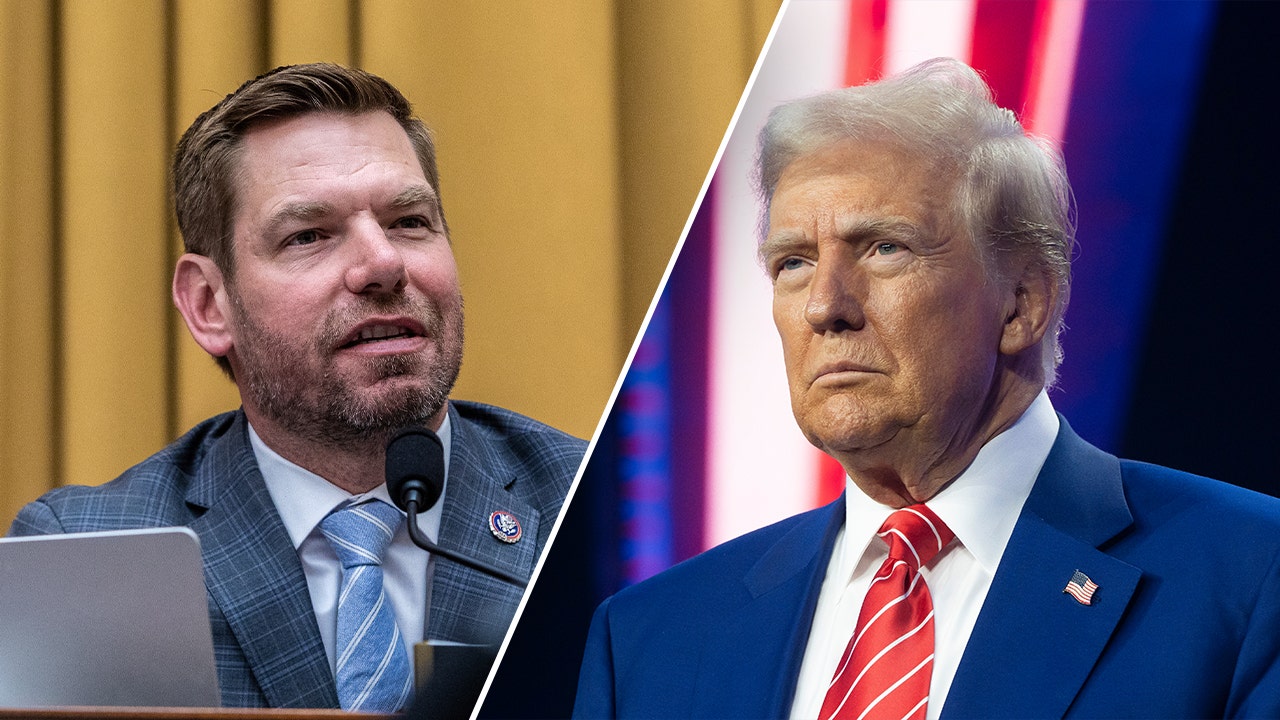Utah’s post-secondary system is “probably the best deal in higher education in the country,” said Taylor Randall, who leads the University of Utah.
Yet while he and other university presidents stressed the value of a college degree, they also emphasized the institution needs to fit the student. Individualization, Randall said, is the key to success.
Utahns and graduates from Utah institutions who spoke with The Salt Lake Tribune each had different experiences in post-secondary education — and varying opinions on the worth of their degrees. Some of them talked about how college broadened their horizons, or allowed them to earn more in their fields.
But they had differing views on whether those positives outweigh the high cost of tuition.
‘Enormous’ difference between list price and what students pay
The average cost of in-state tuition, fees and books and supplies at six Utah universities — Utah Tech University, Utah Valley University, Southern Utah University, Weber State University, Utah State University and the University of Utah — is about $7,200.
But there’s an “enormous” difference between the list price and what students pay, Randall said.
For example, the listed annual price for the University of Utah is about $10,000 for in-state students, he said, but students pay an average of $3,500 their freshman year and $5,000 the remaining three years.
Even at full price, the average cost for Utah residents is about $33,000 not including room and board. That’s less than a Toyota 4Runner or the cost of four years of day care for many parents.
Graduates have starting salaries close to $65,000, Randall said, meaning the “massive lift in their career” from their degree pays for itself “relatively quickly.”
Individual stories beyond the overall data, though, are “so powerful,” said Weber State University President Brad Mortensen.
Mortensen told the story of one student who lost all of her money by identity theft, not long after her mother died of cancer. She had to live in her car for a time, he said, but she’s now back at Weber State and is thriving.
“We can transform your life from really difficult circumstances to being able to thrive and be successful,” Mortensen said. “And that’s really what we’re meant to do as institutions of higher education.”
Most people stress non-economic benefits
Helping people succeed means tailoring students’ individual experiences, said Utah State University President Betsy Cantwell.
And individuals can have vastly different views of their own college experience.
Mike Kofoed said he found his passion in economy at Weber State. He’s now a research assistant professor at University of Tennessee, teaching economics and using research to help college be more efficient.
Kofoed credited an internship with Mortensen and his classroom experiences for leading him to where he is now. Professors took the time to be mentors and help him see the world differently, he said, and he tries to do the same with his students.
Kofoed also took part in student government at Weber State, and, he said, he learned a lot from working with others.
“It really helped me get to know people from various walks of life and perspectives, which helped me understand them better,” Kofoed said.
That was also key for Amber McMullin, who went to a “rural, isolated high school” where all her friends looked like her.
Her years at Brigham Young University led to her understanding poverty for the first time, learning how to grocery shop — because her parents weren’t within driving distance — and otherwise growing and gaining independence.
Jen James said post-secondary education also helped her mature. She pointed to self-discovery, making “friendships that last a lifetime,” meeting her husband and other experiences as things she sees as opportunities unique to her time at Salt Lake Community College and the University of Utah.
(Trent Nelson | The Salt Lake Tribune) Jen James in Taylorsville on Tuesday, April 9, 2024.
“It provided me, just, experiences and put me in situations that maybe people who don’t go to school don’t get to do,” James said.
As a first-generation college graduate, James said, a degree was also her “ticket out of poverty.”
“I thought that it was going to be the answer to my struggles in my life up to that point,” she said.
It’s not for everyone
James said she has found a degree helps her jump through hoops, but said it isn’t necessarily for everyone.
“I find that you’ve got to have the oomph, that indescribable drive to go to school, to want it,” James said. “But you can also find those values, those drives, those inspirations in trades, in hobbies that make you money.”
Tom Nedreberg agreed that there’s value not just in a degree but also potentially in some extra form of training that makes someone stand out as a candidate.
That’s especially true because in many cases, higher education is “so expensive that students have a lot more barriers getting into school,” Nedreberg said.
When he graduated from Ohio State University in the 1970s, tuition was $800 a year. Now it’s more than $30,000 even for in-state tuition, he said.
Those “skyrocketing” costs outweigh the benefits for many students, Ryan Bell said, especially when they’re stuck paying off student loan debt.
Bell had enough scholarships and other financial help to cover his degree at Westminster University, but still thinks it wasn’t worth it. He has a degree in psychology that he acknowledged has helped open some doors, but he said he doesn’t use it in his career.
“The only meaningful way to continue is to get a post-grad degree,” Bell said. “I just haven’t had a chance or the money to do that.”
Bell helps screen resumés, and he said he has seen people “abandoning degrees in favor of equivalent experience.”
Utahns who responded to a nonscientific Tribune poll were most likely to say a four-degree is economically worth the cost — about 73.2% agreed with that statement in a question with a scaled response.
Many more of them — 72 of the 82 who responded to the survey — agreed that there are non-economic values associated with a four-year degree.
Americans overall seem to agree with Bell. In a recent Pew Research Center survey, just 25% of U.S. adults said it was extremely or very important to have a four-year degree to get a well-paying job.
In comparison, 40% said a four-year degree is not all that important or isn’t important at all. And about half said it’s less important than it was 20 years ago.
Similar to Bell’s opinion, that could be influenced by cost, with 22% saying the cost of a degree is worth it even with loans. That’s compared to 47% who said it’s worth it only if someone doesn’t have to take out loans, and 29% who said a degree isn’t worth the cost at all.
Finishing degree is key
Yet, advocates said. research and the evolving economy point to higher education being more important than in the past.
The move from manufacturing to a knowledge-based economy means “most workers are going to need to touch higher education in some form,” Kofoed said.
That could mean a two-year degree or a certificate, he said, and people getting those may eventually earn more than the lowest-paid careers that require a four-year degree.
But on average, he said, getting a four-year degree means making about 28% more over a lifetime than a two-year degree.
There are times, Kofoed said, when it makes sense to look at trade school, certificates or other non-four-year programs — namely when someone thinks they can’t finish their degree.
“Students get in trouble when they enter a four-year degree program, get into debt, then don’t finish,” he said.
The ability to explore different fields is good, he said, but not when someone gets stuck exploring.
University presidents stressed the importance of finishing a degree, and said that’s why it’s so important to for schools to figure out how to make higher education not only affordable but also something people can succeed at.
“It’s immensely powerful to be part of innovators in delivering the experience students have, because we know that is actually something we need to improve on,” USU’s Cantwell said.
Megan Banta is The Salt Lake Tribune’s data enterprise reporter, a philanthropically supported position. The Tribune retains control over all editorial decisions.










/cdn.vox-cdn.com/uploads/chorus_asset/file/25822958/010824_Nintendo_Switch_2_3D_printed_mockup_ADiBenedetto_0001.jpg)


















